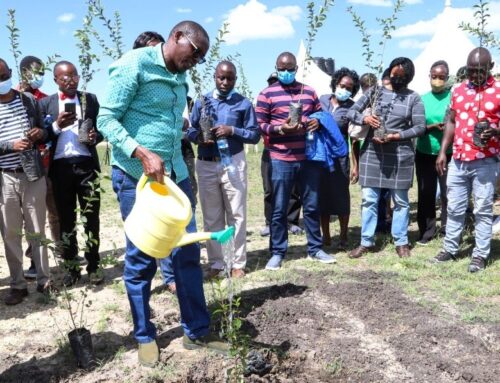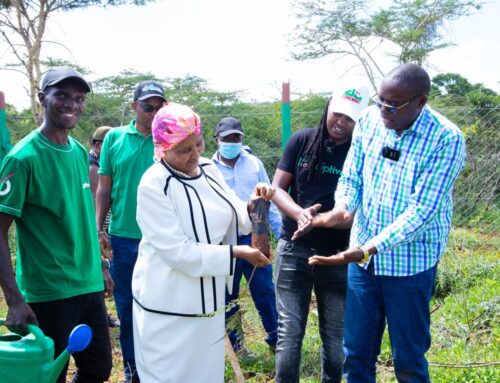
As the UNFCCC works to bring resilience to the forefront of the climate agenda, we celebrate the World Green Building Week. This is to shine a light on approaches to building resilience in a bid to accelerate sustainable buildings.
World Green Building Week is the world’s largest campaign to accelerate sustainable buildings. The celebration is Organised by the World Green Building Council (WorldGBC), led by a global network of 70 Green Building Councils and their 36,000 members. Observed from 20th–24th of September, the week helps us find out how we are accelerating the Sustainable Development Goals towards an inclusive and resilient net zero built environment.
Building resilience importance cannot be understated. This is because buildings are responsible for 38% of global energy-related carbon emissions. In addition, 50% of all extracted materials are part of the contributions for emissions. The result is that four billion people are vulnerable to climate risks while 91% of people worldwide live in areas with air pollution.
It is estimated that by the year 2050, the world’s building stock will double, increasing the impact significantly. Its demand on natural resources accelerates climate change, and inefficient, unhealthy buildings are affecting our livelihoods.
Commenting on the global observation, Mr George Wachiuri, the CEO at Optiven Group which owns Optiven Homes said “we as stakeholders must work to close the environmental, social and economic gaps. Why? Because this is necessary to protect our planet, people and economies. Am happy that we at Optiven Homes are embracing a holistic approach to sustainability“.
He urged other developers to join hands and work towards systemic changes. This Wachiuri added is the impetus to provide powerful solutions to climate change, improve human health and equity and drive a circular, regenerative economy.
Why is the observation of the green built initiative important?
A resilient built environment combats climate change by enabling affordable and clean energy. It also accelerates the adaptation to, and mitigation of the impacts of climate change on our most vulnerable regions and communities.
The social dimensions of a resilient built environment can future-proof communities by addressing equity and climate justice issues. They can provide healthy environments and fairer access to vital social infrastructure such as schools, hospitals and green spaces.
For economies, a resilient built environment grows green jobs and supports the regeneration of resources and natural systems. The result is providing socio-economic benefit through a thriving circular economy.
Now is the time to deliver sustainable buildings so that we can build back better. The action call requires that through sustainable buildings we’re learning to build strong communities that are equipped to manage the impacts of climate change and where both people and economies can thrive.



